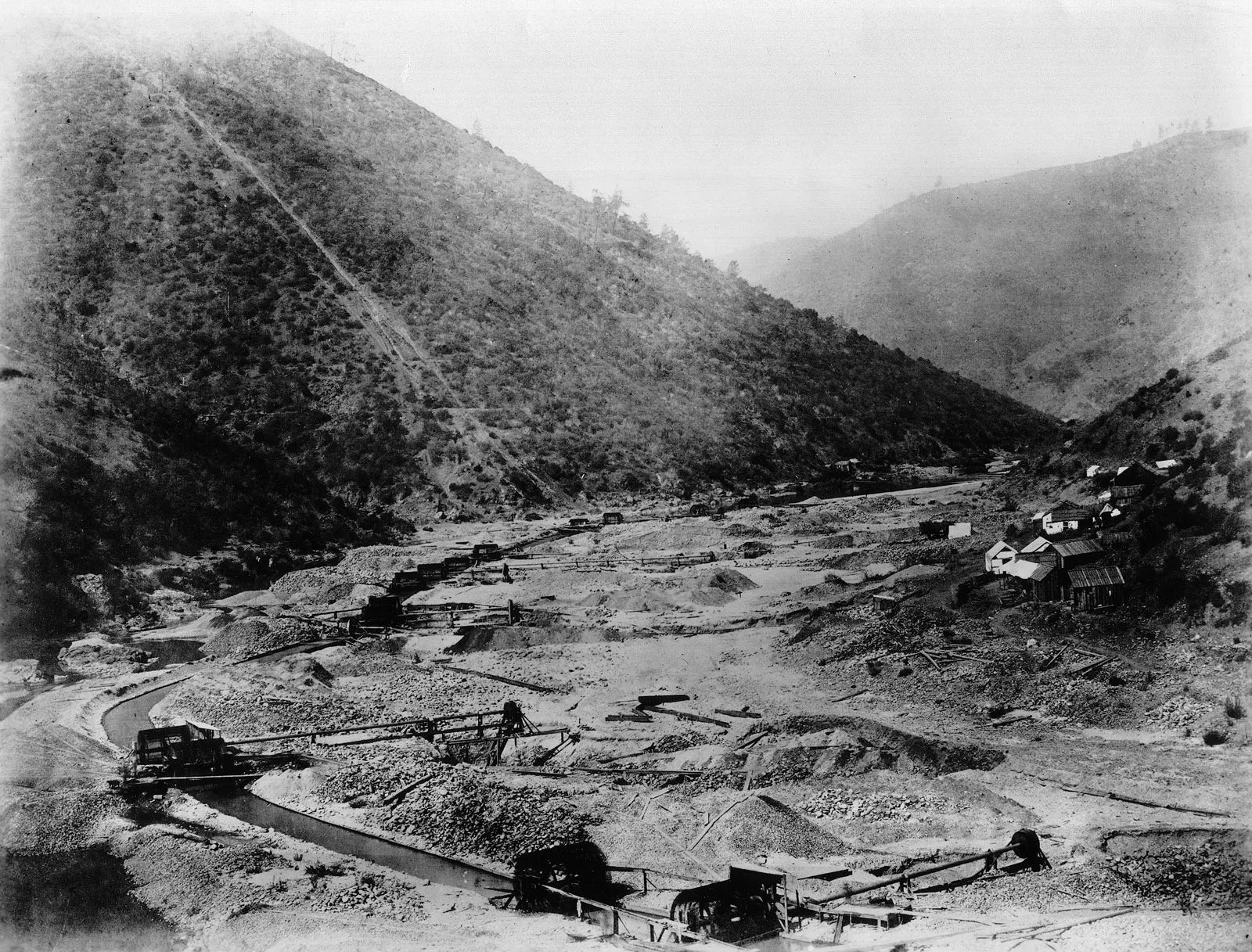The California Gold Rush, one of the most significant events in American history, began in 1848 and transformed the social, economic, and cultural landscape of the United States. This momentous period attracted hundreds of thousands of fortune seekers to California and set the stage for the state’s rapid development.
The Spark: Discovery at Sutter’s Mill
The California Gold Rush officially started on January 24, 1848, when James W. Marshall found gold at Sutter's Mill in Coloma, California. Marshall, who was working for John Sutter, discovered the gold while constructing a water-powered sawmill along the American River. Despite initial attempts to keep the discovery secret, word quickly spread, sparking a mass migration to California.
The Stampede: A Flood of Forty-Niners
News of the gold discovery reached the East Coast by late 1848 and spread internationally by 1849, triggering a global stampede. People from the United States, Latin America, Europe, Australia, and China flocked to California in search of fortune. These prospectors, known as "Forty-Niners," faced arduous journeys, whether they traveled overland across the continent or by sea, enduring the perilous route around Cape Horn or the dangerous passage through the Isthmus of Panama.
Life in the Goldfields: Boomtowns and Hardships
The arrival of thousands of gold seekers led to the rapid growth of boomtowns across California. San Francisco transformed from a small settlement into a bustling city, becoming the primary port and supply center for the goldfields. Mining camps sprang up along rivers and streams, with places like Sacramento, Stockton, and Placerville (formerly known as "Hangtown") emerging as prominent towns.
Life in the goldfields was challenging. Prospectors lived in rough conditions, often in tents or makeshift shanties. Supplies were scarce and expensive, and the work was grueling. Panning for gold in cold, fast-moving rivers and digging in hard soil required immense physical effort. Additionally, the lack of legal authority and law enforcement led to frequent disputes and violence.
The Impact: Economic Boom and Statehood
The California Gold Rush had a profound impact on the United States and the world. The massive influx of gold into the economy fueled economic growth and spurred global trade. San Francisco's population exploded from around 1,000 in 1848 to over 25,000 by 1850. The Gold Rush also accelerated California's path to statehood, leading to its admission to the Union as the 31st state on September 9, 1850.
Diversity and Conflict: A Melting Pot of Cultures
The Gold Rush brought together people from diverse backgrounds, creating a multicultural environment in California. However, this diversity also led to significant conflict and discrimination. Native Americans were displaced from their lands and suffered devastating population declines due to violence and disease. Chinese immigrants, who arrived in large numbers, faced harsh discrimination and legal restrictions, including the Foreign Miners' Tax, which targeted non-American miners.
Technological Advancements: From Panning to Hydraulic Mining
Initially, gold was extracted using simple methods like panning and sluicing. As the easily accessible gold became scarcer, miners developed more advanced techniques, including hydraulic mining. This method involved using high-pressure water jets to erode gravel hillsides and wash the gold-bearing material into sluice boxes. While effective, hydraulic mining caused significant environmental damage, leading to the first environmental regulations in U.S. history, including the Sawyer Decision of 1884, which restricted the practice.
Modern-Day California: Preserving the Legacy
Today, the legacy of the California Gold Rush is preserved through numerous historic sites, museums, and parks. Sutter’s Mill, where it all began, is part of the Marshall Gold Discovery State Historic Park. Visitors can explore the park's exhibits, restored buildings, and walking trails. The city of Sacramento, which grew out of the Gold Rush era, boasts the California State Railroad Museum and the Old Sacramento Historic District, offering insights into the period's history.
San Francisco, a major beneficiary of the Gold Rush, retains many landmarks from the era, including the Wells Fargo History Museum and the San Francisco Maritime National Historical Park. Additionally, the impact of the Gold Rush on California’s demographic and cultural diversity continues to be a defining feature of the state.
Conclusion: A Transformative Era
The California Gold Rush was a transformative era that reshaped the United States and had far-reaching global implications. From the initial discovery at Sutter's Mill to the lasting economic, social, and cultural impacts, the Gold Rush left an enduring legacy. It spurred unprecedented migration, economic growth, and technological innovation, while also highlighting the complexities of multiculturalism and environmental stewardship. The California Gold Rush remains a fascinating chapter in American history, embodying the adventurous spirit and relentless pursuit of opportunity that defined the 19th century.


Share:
The Klondike Gold Rush: Then & Now
Geology Of Gold In Alaska